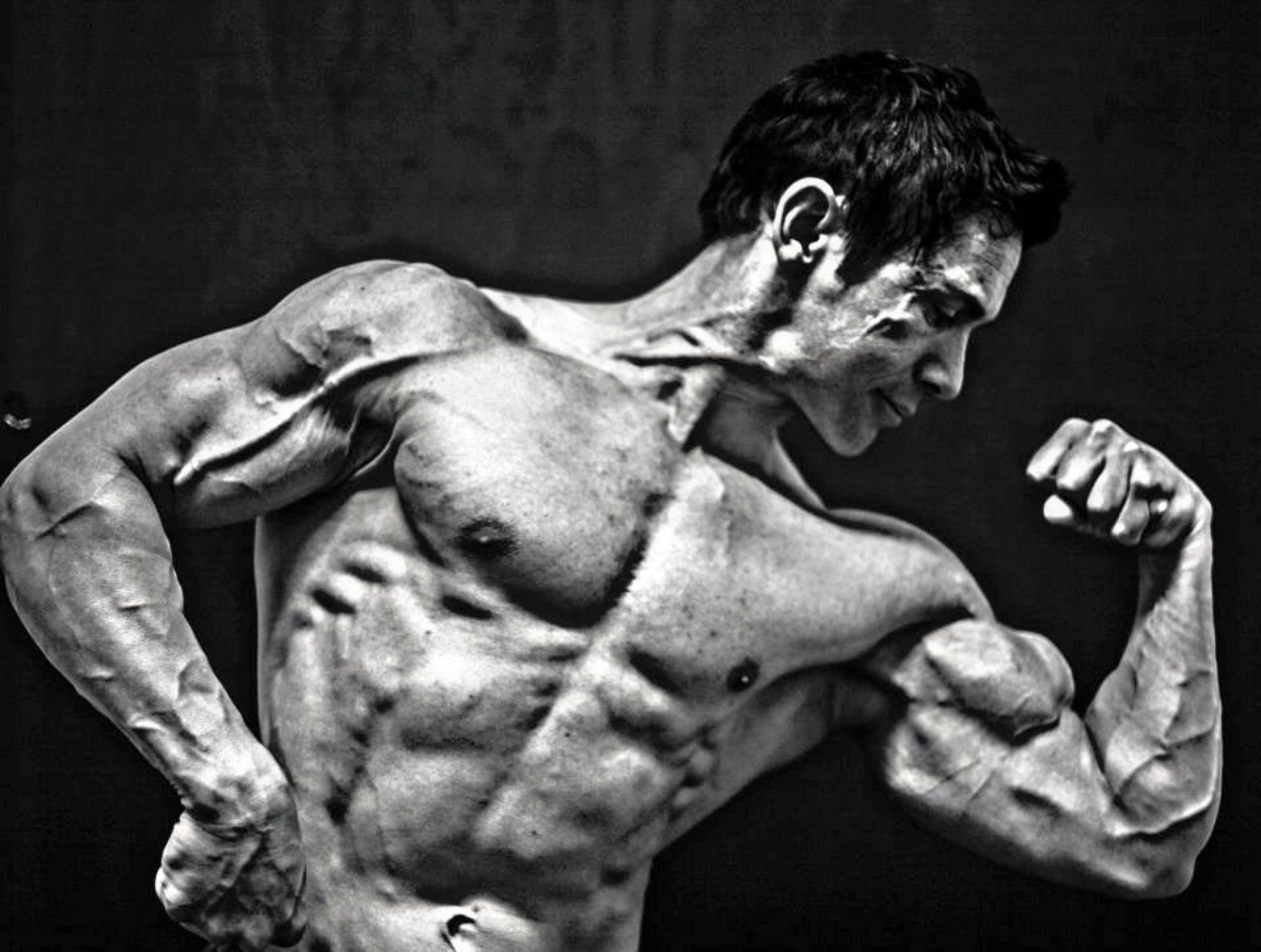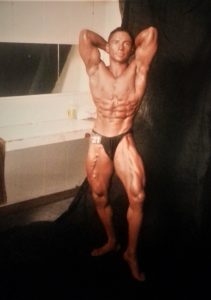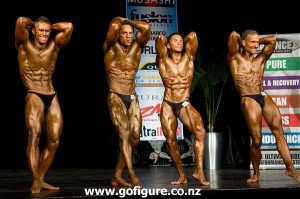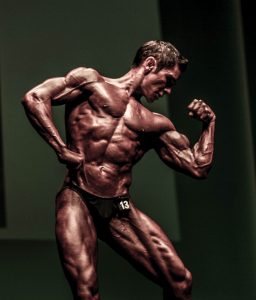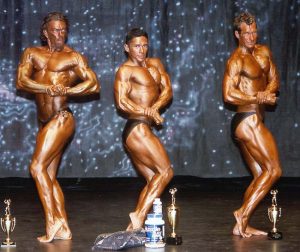
As a natural trainer your goal should be to select the best exercises for each muscle group and organise them in a training split that allows you to recover and grow between successive workouts. But what are the most effective exercises for each muscle group? If I was to look around any gym, listen to any trainer or read research on the internet the answers can often be quite different. So who do we believe? As I have said before it is important to experiment with a range of exercises to see how they feel and document your progress to determine the effectiveness of each exercise for you (Have a look at some of my archived posts “Finding what works for you Part 1-4”).
But what if you have been struggling to make progress and have run out of effective exercise options to improve a specific body part. One way scientists have determined how effective an exercise activates muscles is by placing electrodes on the body during exercises and measuring the muscle activation (Electromyographical or EMG testing). The premise is that the exercises that cause the greatest activation should in turn be the best for maximum muscle growth and strength. Tudor O. Bompa, PhD carried out such an experiment using trained athletes.
Here are the results (exercises are placed in order of effectiveness). Some of the results may surprise you and make you consider your current exercise selections!
Chest
- Decline dumbbell bench press
- Decline bench press
- Push-ups between benches
- Flat dumbbell bench press
- Flat bench press
- Flat dumbbell flyes
Upper Chest
- Incline dumbbell bench press
- Incline bench press
- Incline dumbbell flyes
- Incline bench press (smith machine)
An interesting finding recently by scientists at the Canadian Memorial Chiropractic College discovered that performing a slightly wider than shoulder grip reverse-grip flat bench press was almost 30% more effective at activating the upper chest than incline bench presses (This movement is quite awkward and should not be attempted without a spotter when using an Olympic bar-I have found the dumbbell version useful for me and a lot easier on my wrists too). Jim Stoppani, the senior science editor at muscle fitness also cited an Australian study suggesting that the incline bench press greatly increased the use of your front deltoid compared to only a small increase in upper chest activation too (food for thought).
Side deltoids
- Incline dumbbell side raise
- Standing dumbbell side raise
- Seated dumbbell side laterals
- Cable side laterals
Rear Deltoids
- Standing dumbbell bent laterals
- Seated dumbbell bent laterals
- Standing cable bent laterals
Front Deltoids
- Seated front dumbbell press
- Standing front dumbbell raises
- Seated front barbell press
Biceps (long head)
- Preacher curls
- Incline seated dumbbell curls (alternate)
- Standing biceps curls narrow grip
- Standing dumbbell curls
- Concentration dumbbell curls
- Standing curls wide grip
- Standing E-Z bar curls
Triceps
- Decline extensions
- Triceps push downs (angled bar)
- Dips with a bench
- One-arm cable extensions (reverse grip)
- Overhead rope extensions
- Seated one-arm Dumbbell extensions (neutral grip)
- Close-grip bench press
Lats (back)
- Bent-over Barbell row
- One-arm Dumbbell row
- T-bar rows
- Lat pull downs to the front
- Seated pulley rows
Quads
- Squats (90 degree angle, shoulder width stance)
- seated leg extensions (toes straight)
- Hack squats (90 degree angle, shoulder width stance)
- Leg press (110 degree angle)
- Smith machine (90 degree angle, shoulder width stance)
Biceps femoris (hamstring)
- Standing leg curls
- Lying leg curls
- Seated leg curls
- Modified hamstring deadlifts
Semitendinosus (inner hamstring)
- Seated leg curls
- Standing leg curls
- Lying leg curls
- Modified hamstring deadlifts
Gastrocnemius (calf muscle)
- Donkey raises
- Standing one-leg raises
- Standing two-leg raises
- Seated raises
It must be said that this is not a complete list of exercises for every muscle group and the fact that we all have our own unique body structures and nuances must be considered also. However it does provide some different options for those who have had little success with some of the more traditional exercises for some body parts. So if you have been stuck in a rut for a while experiment with some of the different exercises mentioned here and improve your muscle growth and strength now!
